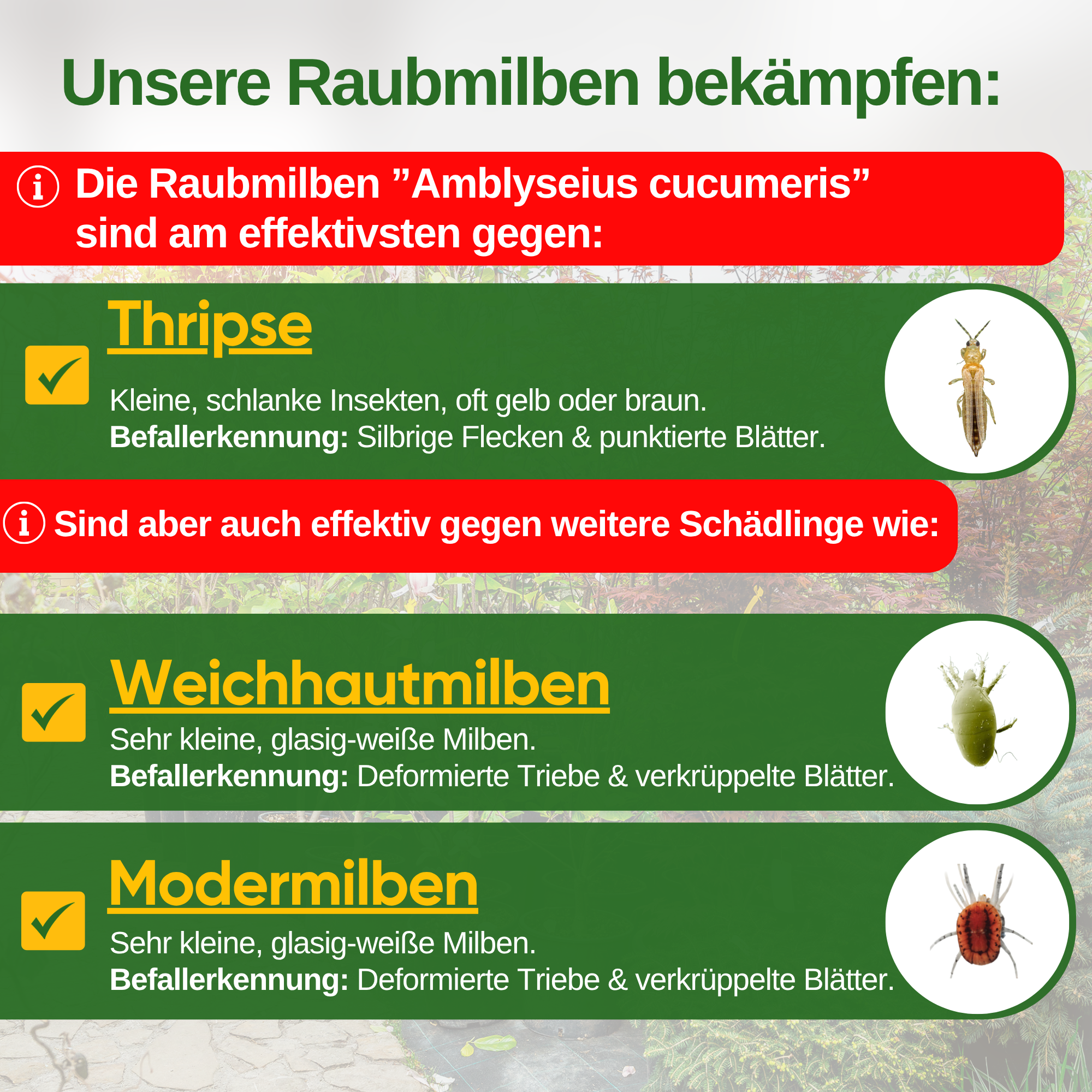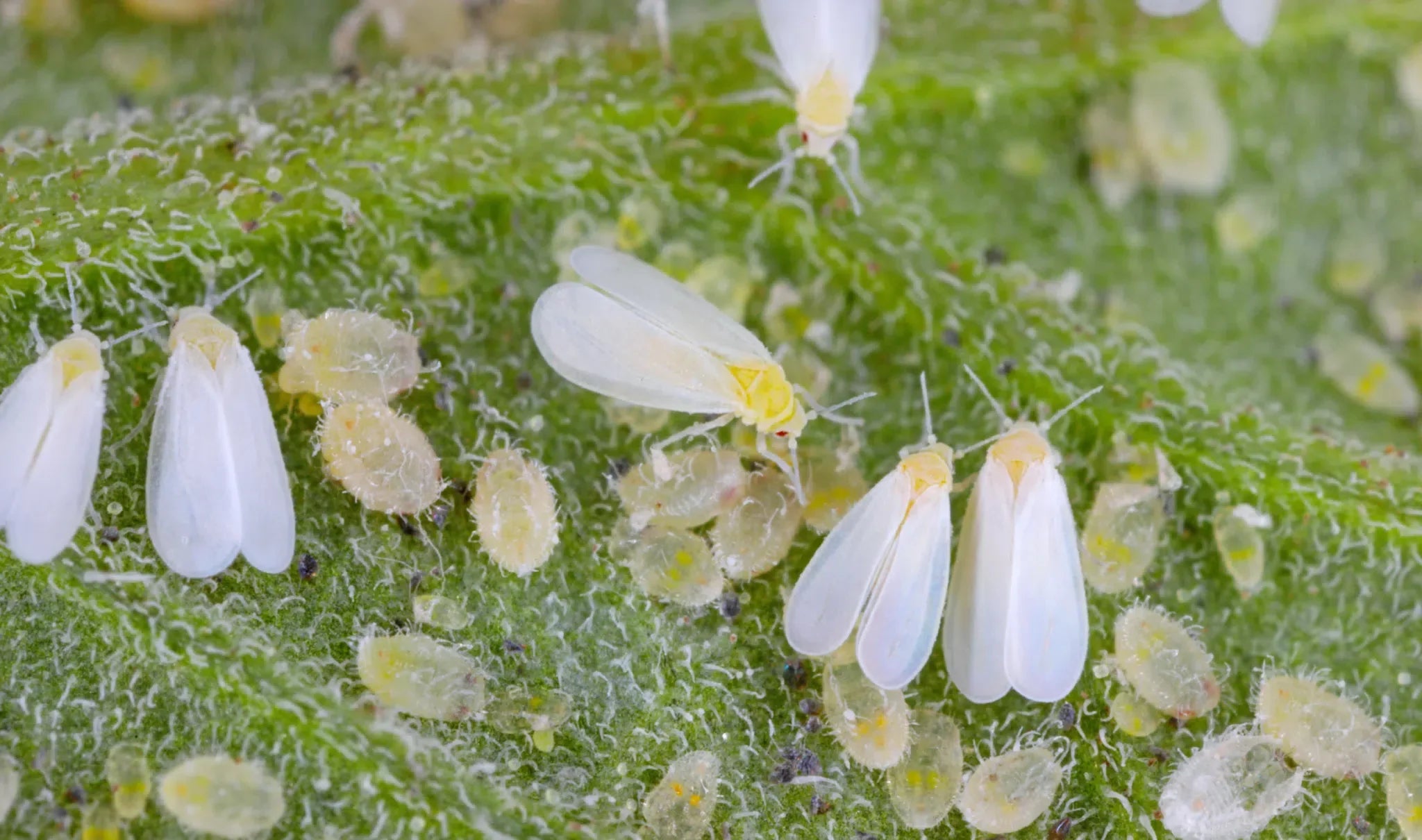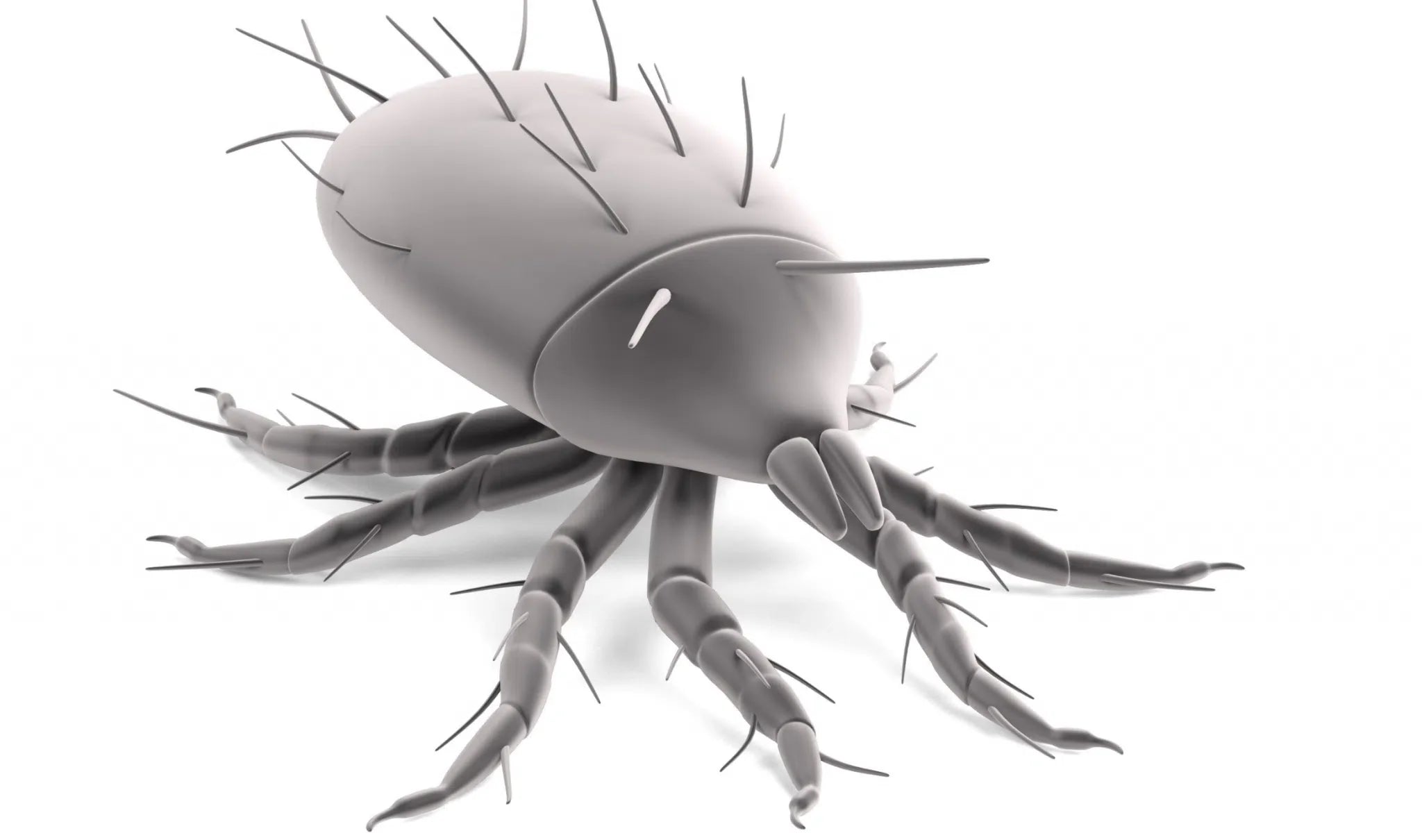Combating onion thrips naturally: Effective beneficial insects for a healthy harvest
Onion thrips are a serious threat to gardeners and farmers, especially those growing bulbous plants. These tiny insects can cause significant damage by feeding on plant sap. This article will explain how to detect onion thrips early, control them effectively, and prevent re-infestation through preventative measures—all while using environmentally friendly methods.
An overview of the pest
Onion thrips ( Thrips tabaci ) are small, often difficult-to-see insects that primarily attack onion plants and other related species. They are characterized by their yellowish-white color and flat body. These pests can cause significant damage to plants through their sucking activities, not only perforating the leaves but also weakening the plant, leading to reduced crop quality.
Life cycle and reproduction of onion thrips
The life cycle of these pests begins when the females lay their eggs on the leaves or insert them into the plant tissue. After a few days, the larvae hatch and immediately begin sucking plant sap. Onion thrips go through several developmental stages, and their reproduction occurs particularly rapidly in warm and dry conditions. Therefore, it is important to take appropriate measures early on to keep the pests under control.
How to recognize an infestation
- Silvery spots on the leaves due to sucking activity
- Delayed growth or deformed plants
- Visible, smallest yellowish-white, mobile insects
If these symptoms occur, you should act immediately to avoid major damage.
Natural methods to combat
- Predatory mites (Amblyseius swirskii): Feed on the larvae and adult thrips.
- Predatory bugs (Orius laevigatus): Effective against all developmental stages of thrips.
- Mechanical measures: Regularly spray the plants with water to reduce the population.
- Insect nets: Protection against new infestations by shielding the plants.
Preventive measures
- Regularly check the plants, especially in the warm months
- Optimize humidity, as thrips prefer dry conditions
- Continuous use of beneficial insects such as predatory mites or predatory bugs
Products for natural control
Our product range includes a variety of products specifically designed to combat onion thrips. We recommend using predatory mites (Amblyseius swirskii) and predatory bugs (Orius laevigatus) , which you can easily order from us. These beneficial insects offer a sustainable solution for thrips control, entirely without chemicals.
Additionally, you'll find mechanical aids such as insect nets and biological sprays that protect your plants and keep pests away. These products support natural methods and contribute to environmentally friendly pest control.
Conclusion
Controlling onion thrips doesn't have to be complicated. With the right natural methods, such as the use of beneficial insects and preventative measures, you can create a healthy environment for your plants. Successfully controlling onion thrips is not only possible, but also sustainable. Take the initiative today to protect your plants from the damage caused by onion thrips.










